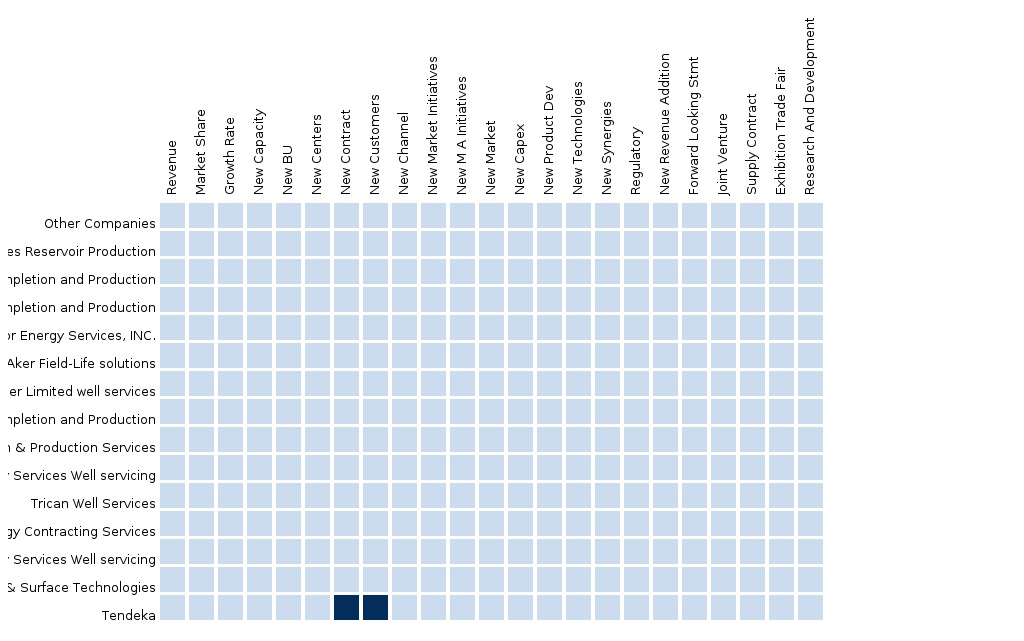The zonal isolation is done to prevent the cross flow of the fluids between two or more geological layers. This is also done to reduce the water cut in the production because when the reservoir gets mature, there is a high probability of increased water cut from the pay zone. So to decrease this loss of water being produced instead of hydrocarbon, zonal isolation is done. Zonal isolation is primarily done in the wells which are already producing for a long time.
Zonal isolation is defined as the exclusion of fluids such as water or gas in one zone from mixing with oil in another zone. Successful isolation involves the creation of a hydraulic barrier between the casing and the cement and between the cement and the formation.
Zonal Isolation prevents flow of fluids to surface or between distinct permeable zones, it provides integrity to operate the well safely and permit safe abandonment of the well. It prevents fluid loss in multi-zone wells and thereby enhances safety, protection against formation damage, reduces the need for costly work-over, and protects reservoir integrity and productivity.
It can be used for applications such as,
- Open hole fracturing
- Unconventional fracturing
- Cement replacement and protection
- Annular barrier for inflow control devices
- Side track window sealing
- Annular barrier for sand screens
The report analyzes the zonal isolation market by application and geography. Market share analysis, by revenue, of the top companies is also included in the report. The market share analysis of these key players is arrived at, based on key facts, annual financial information, and interviews with key opinion leaders such as CEOs, Directors, and marketing executives.

Please fill in the form below to receive a free copy of the Summary of this Report
Please visit https://www.micromarketmonitor.com/custom-research-services.html to specify your custom Research Requirement













